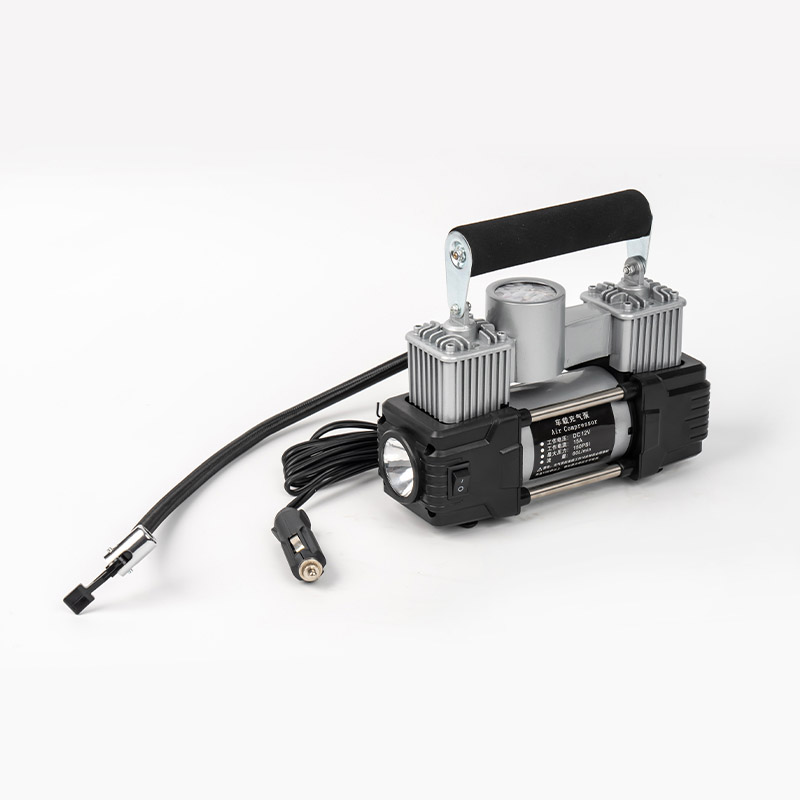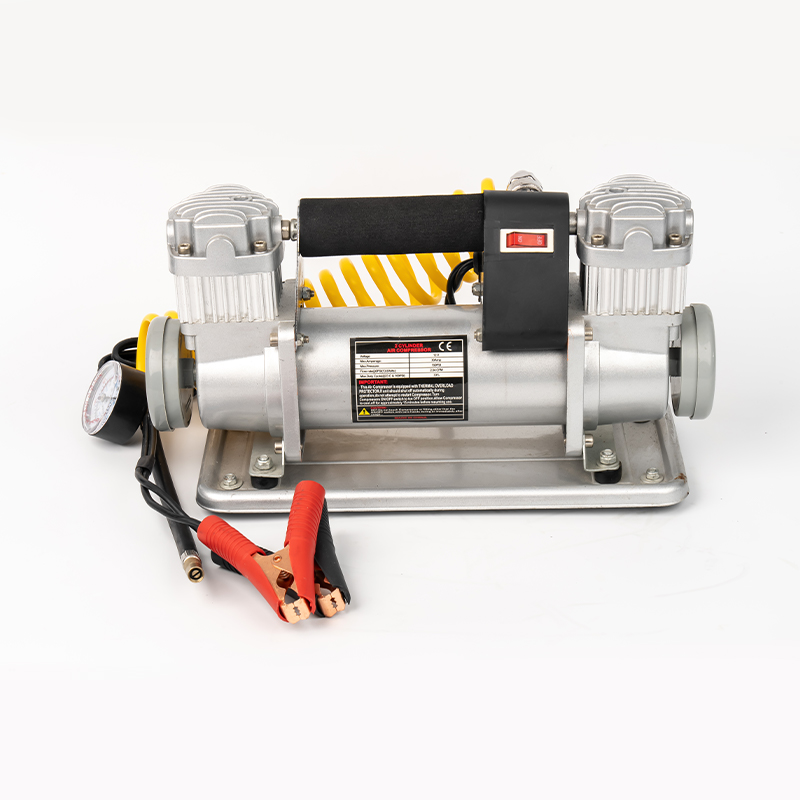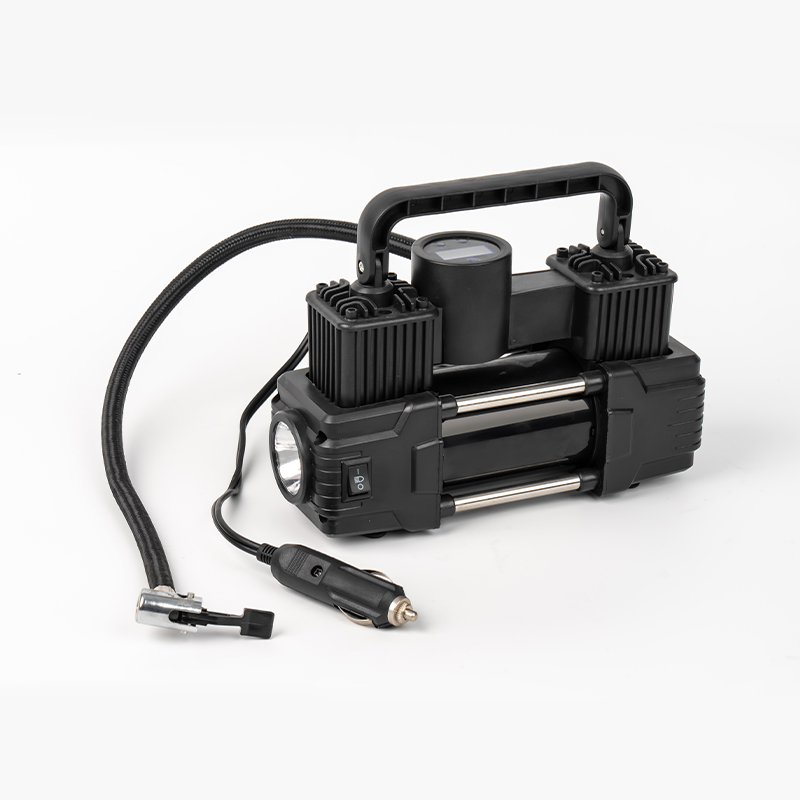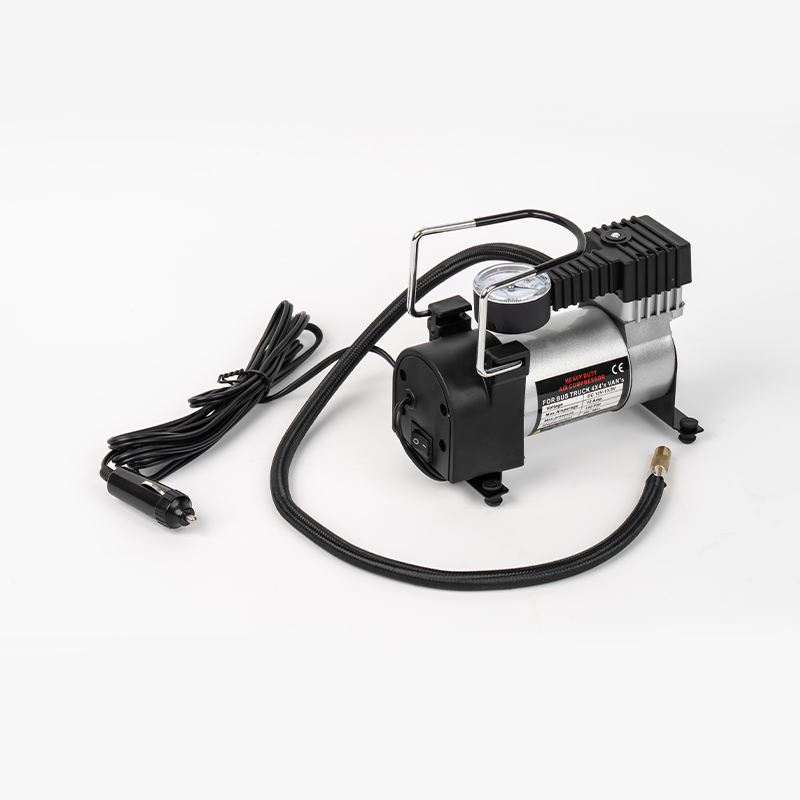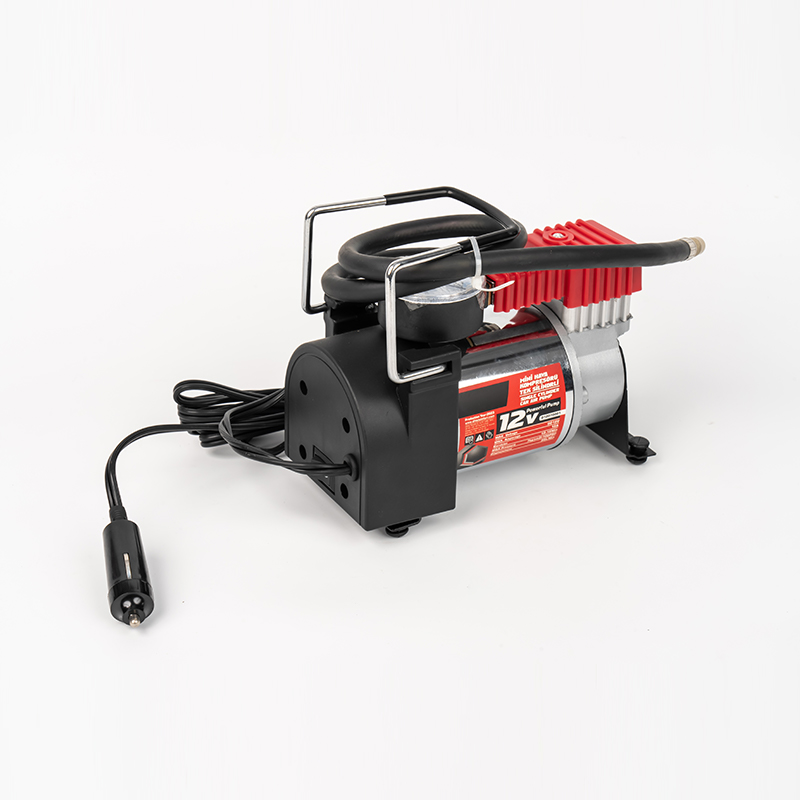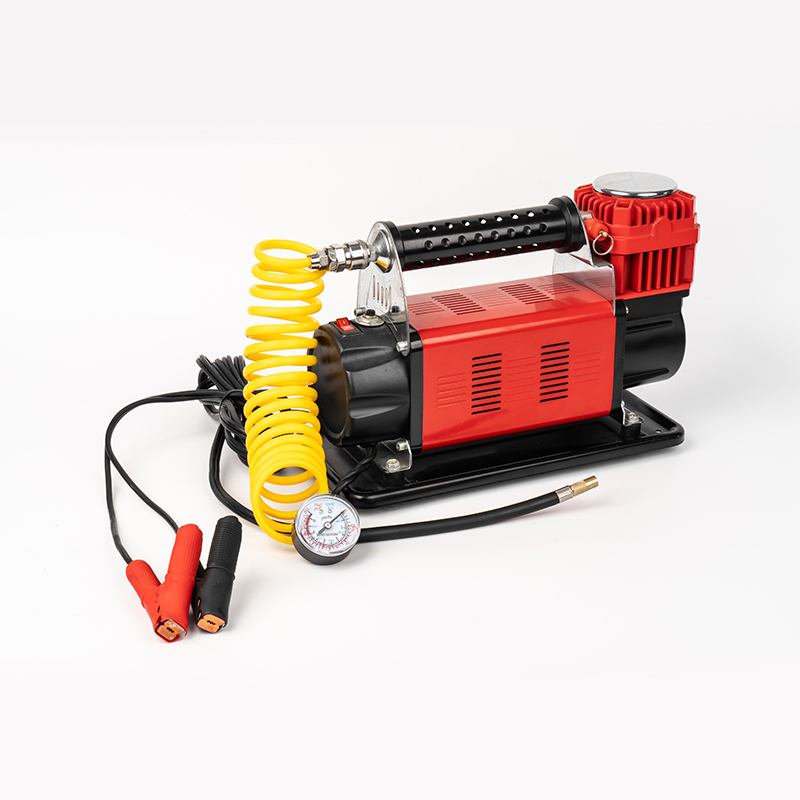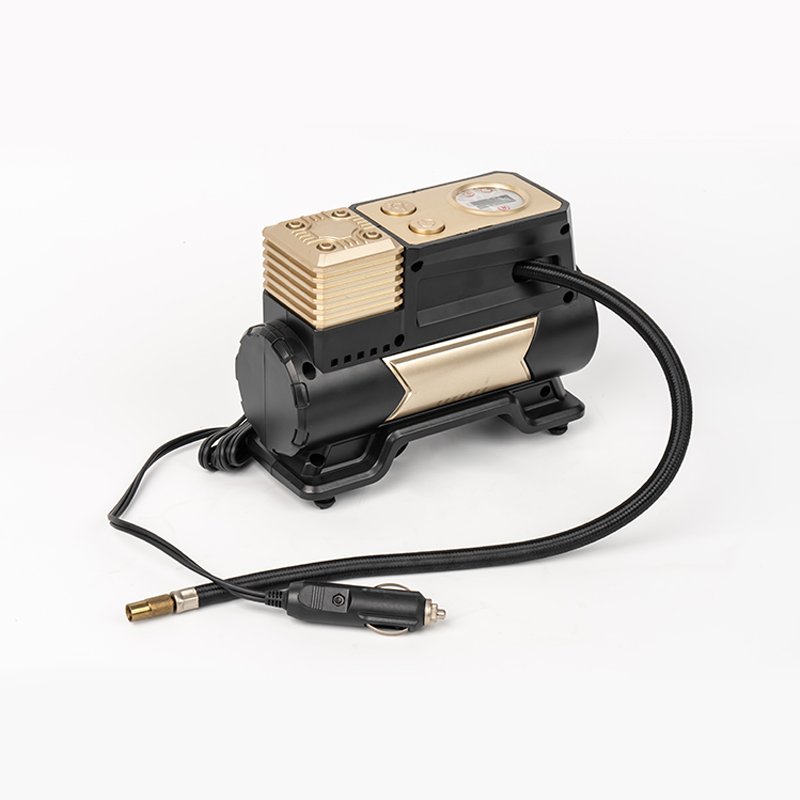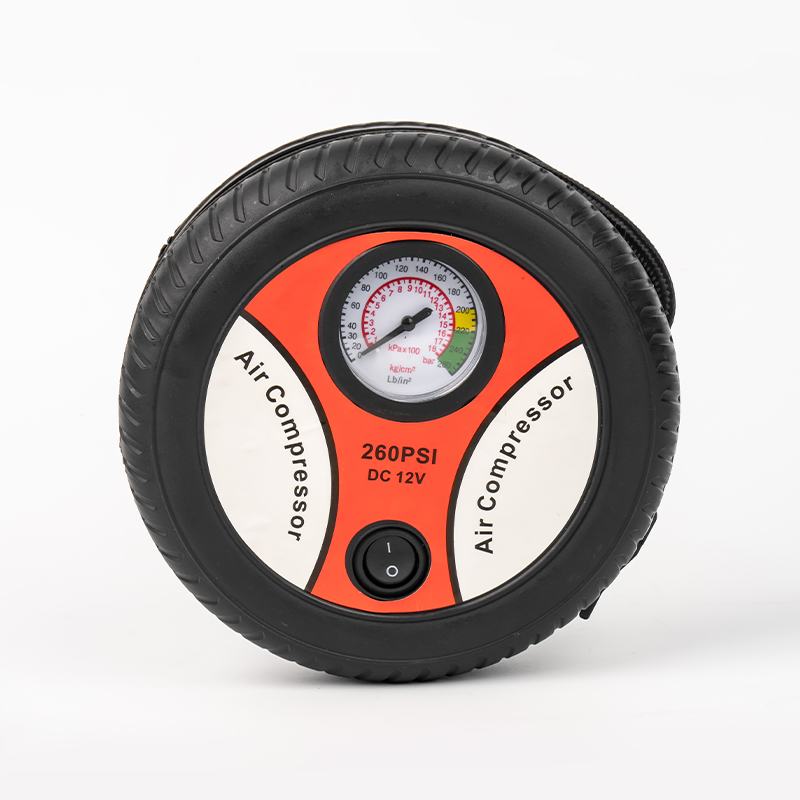In the realm of vehicle maintenance, ensuring proper tire inflation is critical for safety, fuel efficiency, and tire longevity. An automotive tire inflator is a device designed to add air to vehicle tires, maintaining the recommended pressure levels.
Concept of an Automotive Tire Inflator
An automotive tire inflator is a tool used to inflate tires by supplying compressed air. It typically consists of a pump mechanism, a pressure gauge, and a hose with a valve connector. These devices can be powered manually, electrically, or via a vehicle's power source, such as a 12-volt socket. The primary function is to achieve and monitor tire pressure as specified by vehicle manufacturers, which is essential for optimal performance and safety. Proper operation requires adherence to technical specifications and safety protocols to prevent accidents.
Types of Automotive Tire Inflators
Automotive tire inflators are categorized based on their power source and design:
-
Manual Inflators: These include hand pumps or foot pumps that require physical effort to operate. They are portable and do not rely on electricity, making them suitable for emergencies but less efficient for frequent use.
-
Electric Inflators: Powered by electricity, these can be corded (plugged into a wall outlet or vehicle socket) or cordless (battery-operated). They offer faster inflation and often include digital pressure gauges for precision.
-
Portable Inflators: Compact units designed for on-the-go use, commonly powered by a car's DC outlet. They are lightweight and ideal for travel or roadside assistance.
-
High-Pressure Inflators: Built for heavier vehicles like trucks or SUVs, these devices handle higher pressure ranges and may include additional features like auto-shutoff to prevent overinflation.
Each type has distinct operational requirements, and users should select one based on their vehicle needs and usage frequency.
Applications of Automotive Tire Inflators
Automotive tire inflators are used in various scenarios:
-
Routine Maintenance: Regularly checking and adjusting tire pressure to meet manufacturer recommendations, which can improve fuel economy and reduce wear.
-
Emergency Situations: Addressing flat tires or slow leaks during travel, minimizing downtime and enhancing safety.
-
Commercial Use: In automotive repair shops or fleet management, where consistent tire pressure is vital for vehicle reliability.
-
Seasonal Adjustments: Adapting tire pressure for changing weather conditions, such as colder temperatures that can cause pressure drops.
Proper application involves following vehicle-specific guidelines and environmental considerations to ensure effective results.
Comparison of Automotive Tire Inflator Types
A comparative analysis highlights key differences:
-
Efficiency: Electric inflators generally inflate tires faster than manual ones, which require more time and effort.
-
Portability: Manual and portable inflators are easier to transport, while some electric models may be bulkier due to power requirements.
-
Accuracy: Models with digital gauges provide more precise pressure readings compared to analog gauges common in manual inflators.
-
Cost and Durability: Manual inflators are often more affordable and have fewer mechanical parts, whereas electric inflators may offer advanced features but require maintenance to ensure longevity.
Users should weigh factors like convenience, budget, and intended use when selecting an automotive tire inflator. Safety remains paramount regardless of type.
Essential Safety Tips for Operating an Automotive Tire Inflator
Operating an automotive tire inflator safely involves multiple steps to prevent injuries or damage:
-
Read the Manual: Always review the manufacturer's instructions for the specific automotive tire inflator model to understand its capabilities and limitations.
-
Inspect the Equipment: Before use, check for signs of wear, such as cracks in hoses or leaks, and ensure the pressure gauge is calibrated correctly.
-
Verify Tire Pressure Requirements: Refer to the vehicle's manual or door jamb sticker for the recommended pressure, typically measured in PSI (pounds per square inch). Avoid inflating beyond this level to prevent tire blowouts.
-
Use in a Safe Environment: Operate the automotive tire inflator in a well-ventilated, dry area away from flammable materials. Keep children and pets at a distance.
-
Monitor the Process: Inflate tires gradually and check the pressure frequently with a reliable gauge. Do not leave the device unattended during operation.
-
Avoid Overinflation: Overinflated tires can lead to reduced traction and increased risk of failure. If the automotive tire inflator has an auto-shutoff feature, ensure it is functional.
-
Wear Protective Gear: Use safety glasses and gloves to shield against debris or accidental releases of air.
-
Maintain the Inflator: Regularly clean and store the automotive tire inflator according to guidelines to prolong its lifespan and ensure consistent performance.
Adhering to these tips reduces risks associated with improper use, such as tire damage or personal injury.
Frequently Asked Questions (FAQ)
Q: How often should I check my tire pressure with an automotive tire inflator?
A: It is recommended to check tire pressure at least once a month and before long trips, as pressure can fluctuate with temperature changes and normal driving conditions.
Q: Can I use an automotive tire inflator on any type of vehicle tire?
A: Most automotive tire inflators are designed for standard car tires, but users should verify compatibility with larger tires (e.g., on trucks or motorcycles) by checking the device's pressure range and valve types.
Q: What should I do if the automotive tire inflator does not reach the desired pressure?
A: Ensure the inflator is properly connected and powered. If issues persist, inspect for leaks in the tire or inflator hose, and consult the manufacturer's troubleshooting guide.
Q: Is it safe to inflate a tire when it is hot from driving?
A: No, tires should be cooled to ambient temperature before inflation, as heat can cause pressure readings to be inaccurate and increase the risk of overinflation.
Q: How do I maintain an automotive tire inflator for long-term use?
A: Store it in a clean, dry place; periodically check for hose damage; and follow any calibration or battery maintenance instructions provided by the manufacturer.
Operating an automotive tire inflator safely requires a methodical approach that integrates knowledge of the device, its applications, and adherence to safety protocols. By understanding the different types, comparing features, and following essential tips, users can maintain tire health effectively. Regular maintenance and awareness of common questions further contribute to safe and efficient use. Ultimately, prioritizing safety when using an automotive tire inflator not only protects the vehicle but also enhances overall driving security.

 English
English Español
Español عربى
عربى Türk
Türk
